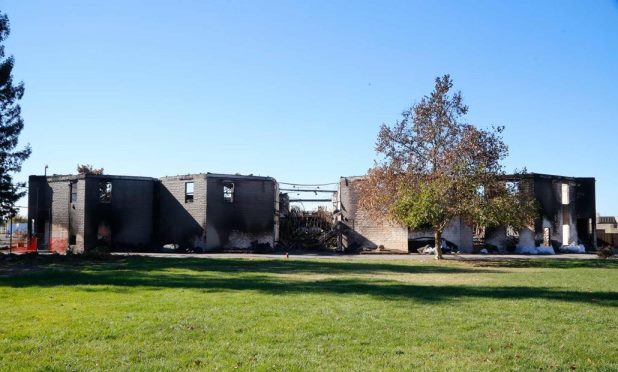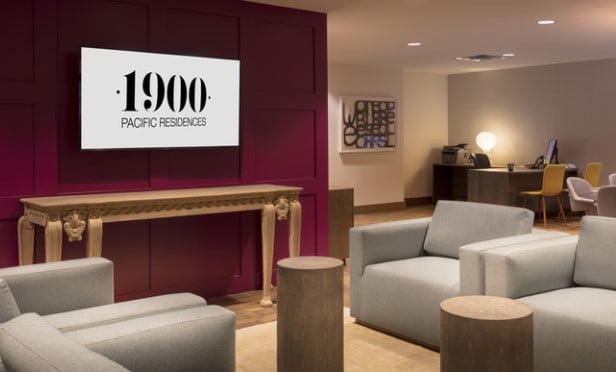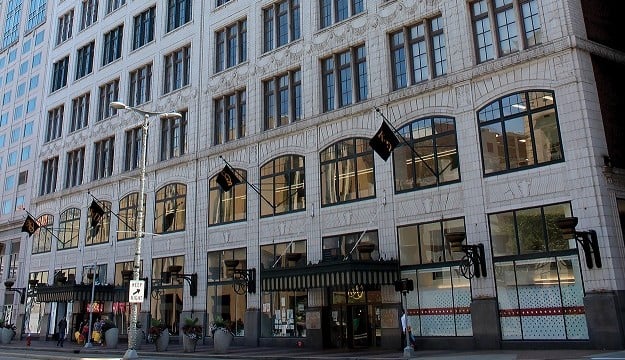
SANTA ROSA, CA—Five months later, progress is slowly being made in the aftermath of the October 9 Tubbs Fire in Sonoma and Napa counties. GlobeSt.com learns that repairs are being made and many of the iconic facilities are open for business.
Of the 140,000 square feet in the Luther Burbank Center for the Arts at 50 Mark West Springs Rd., the fire destroyed approximately 30,000 square feet, including the two-story classroom building, the 400-seat auditorium/performance space, the storage and workshop building, along with approximately 400 instruments in the Music For Schools lending library, and much of the center's landscape and irrigation systems. In addition, the sculpture garden suffered significant damage. Many of the old-growth redwood sculptures on display by local artist Bruce Johnson were destroyed or damaged.
Work is currently underway to rebuild affected structures and replace the landscaping. However, flames didn't reach the 1,600-seat Ruth Finley Person theater and the center was finally able to reopen for business on November 6, following four weeks of business disruption requiring the cancellation of nine shows. The Center for the Arts opened thanks to a 50-person cleanup and landscaping crew.
Meanwhile, Visit Napa Valley reports that hotel revenue and occupancy for December 2017 and January 2018 increased from the previous year, GlobeSt.com learns. The visitor bureau credits visitor support for the positive Smith Travel Research data for those months.
Occupancy was 6.8% higher in December 2017 from the previous year and total hotel revenue was up by 9.2%. In January 2018, occupancy was 4% higher from the previous year, and total hotel revenue was up by 8.8%.
“We greatly appreciate the support we have received from those who have visited the Napa Valley since the October 2017 Northern California wildfires,” says Clay Gregory, president and CEO for Visit Napa Valley.
While the October 2017 wildfires directly affected area residents, the fires burned less than 14% of the total of 504,000 acres in Napa County.
“We are extremely fortunate and grateful that the physical effect to Napa County was so limited,” adds Gregory. “Because the October wildfires burned predominantly in the forested hillsides, the well-known Napa Valley floor, located between Highway 29 and the Silverado Trail, saw little to no impact. The best way for wine enthusiasts to help our community recover is to visit and support our hotels, restaurants and tasting rooms.”
The majority of Napa Valley's more than 400 wineries were open and hosting guests just days after the fires started and only a small number of wineries in Napa Valley were severely affected by the fires. No hotels in Napa County burned.
“We are so thankful that the Napa Valley wine industry was largely spared,” said Linda Reiff, president and CEO of the Napa Valley Vintners nonprofit association. “Fewer than 10% of our 550 winery members reported any direct damage from the fires and much of that was relatively minor.”
According to the Napa Valley Vintners, 10 Napa County wineries suffered significant damage (wineries or estate homes destroyed, equipment lost, inventory lost or vineyards lost), however no wineries reported total loss of property and inventory. Of those wineries that experienced extensive damage, most were not open to the public, or have made other arrangements to receive guests while they rebuild.
“Nearly 90% of the grape harvest was complete when the fires started,” continues Reiff. “The first 2017 wines, like Sauvignon Blanc, Rosé and other aromatic white wines, are being released now.”
© Touchpoint Markets, All Rights Reserved. Request academic re-use from www.copyright.com. All other uses, submit a request to [email protected]. For more inforrmation visit Asset & Logo Licensing.







